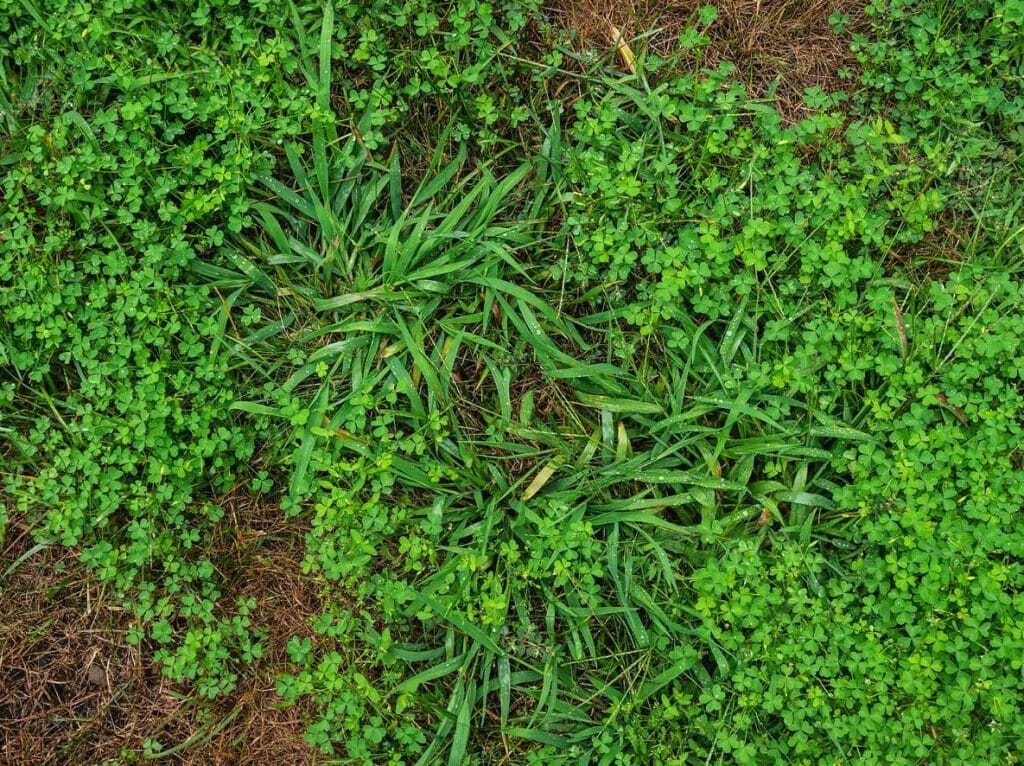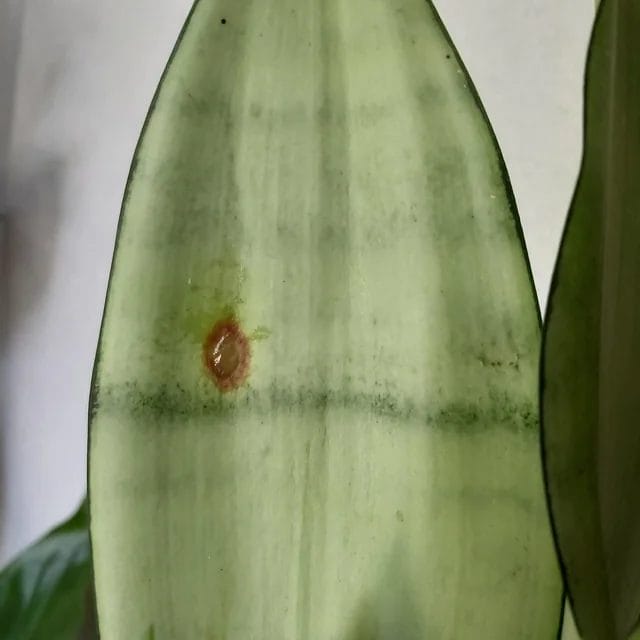Does Vinegar Really Kill Crabgrass-What You Need To Know

Crabgrass is one of the most problematic weeds in lawns across North America.
This annual grassy weed spreads aggressively through lawns, crowding out desired grass species and creating unsightly patches of light green foliage.
Crabgrass spreads through prolific seed production, with a single plant producing 150,000 seeds throughout a growing season.
These crabgrass seeds germinate in late spring and early summer, using bare spots and thin turf to establish.
Once crabgrass takes hold, it forms dense mats that choke out surrounding grass. Controlling crabgrass can be challenging for homeowners.
Traditional synthetic herbicides are effective but raise environmental and health concerns. This has led to interest in alternative control methods, including household vinegar as a natural herbicide.
Vinegar contains 5% acetic acid, a contact weed killer. Proponents claim that vinegar provides selective crabgrass control without the risks of synthetic chemicals.
However, there is debate over the effectiveness of vinegar for crabgrass control. Little peer-reviewed research has been conducted on vinegar, leading to uncertainty regarding proper application techniques and timing. Some lawn care experts argue vinegar does not adequately control established crabgrass infestations.
There are also concerns vinegar could damage desirable lawn grasses if not applied properly. This article will provide a comprehensive overview of using vinegar for crabgrass control.
It will examine the scientific evidence behind vinegar as an herbicide, optimal application guidelines, advantages, and disadvantages compared to traditional control methods, and how vinegar fits into an integrated crabgrass management plan.
Thorough research of scientific studies, university extension resources, and horticultural references will inform the analysis. The goal is to provide homeowners with research-backed information to make informed decisions regarding vinegar use for crabgrass control in lawns.
Key Points Covered:
- Background on the challenges of crabgrass as a problematic lawn weed
- Vinegar’s properties and mode of action as an herbicide
- Proper application techniques for crabgrass control
- Timing considerations for maximum effectiveness
- Scientific evidence on vinegar’s ability to control crabgrass
- Comparative advantages and disadvantages vs. traditional control methods
- Role of vinegar within integrated crabgrass management programs
- Conclusions on vinegar’s effectiveness based on available research
Using Vinegar to Control Crabgrass
When applied properly, vinegar can be an effective option for controlling crabgrass in lawns. The acetic acid in vinegar is a contact weed killer, drying out and killing crabgrass plants on contact.
Vinegar Concentration
- Standard household vinegar contains 5% acetic acid. This can provide control of young crabgrass plants but is less effective on mature plants.
- Herbicidal vinegar contains higher concentrations of acetic acid, usually 7-20%. These stronger formulations provide better crabgrass control.
- Concentrations of acetic acid higher than 20% can damage lawn grasses. Stick to the 7-20% range for best results.
Application Method
- Spot treatment: For minor crabgrass infestations, use a spray bottle to spray vinegar onto individual plants directly. Thoroughly saturate the foliage.
- Lawn application: Use a pump sprayer to apply vinegar over entire lawn areas with widespread crabgrass. Set nozzle to coarse spray.
- Always apply on a calm, sunny day when crabgrass is actively growing. Avoid windy conditions.
- Repeat applications may be needed for mature crabgrass plants. Make follow-up applications at 7-10 day intervals.
Timing of Applications
- Spring: Apply vinegar when young crabgrass plants first appear before they are well established. This will provide the best control.
- Early summer: Mature crabgrass can be treated, but will require stronger vinegar concentrations and more repeat applications.
- Fall: Vinegar can suppress young crabgrass plants that germinate in fall. This helps reduce crabgrass next spring.
- Avoid treating during hot summer months – the heat stresses grass.
Application Tips
- Add a small dish soap to help the vinegar stick to crabgrass leaves.
- Avoid getting vinegar on desired lawn grasses. Use a spray shield if needed.
- Water lawn 2-3 days before and after application to reduce grass injury risks.
- Allow treated crabgrass to fully brown out before mowing to maximize effectiveness.
Properly applied vinegar provides effective, natural crabgrass control without the risks of synthetic herbicides. However, it requires more effort than commercial weed killers. Combine vinegar with proper mowing, fertilization, and pre-emergents for the best crabgrass management.
Vinegar Pros and Cons
Using vinegar as a natural herbicide to control crabgrass does have some notable advantages compared to synthetic chemical herbicides. However, vinegar also has certain disadvantages that must be considered.
Pros
Vinegar offers the following benefits:
- Natural and non-toxic – Vinegar is safe for use around pets, children, and wildlife when applied properly. Synthetic herbicides can pose health risks.
- Inexpensive and readily available – Vinegar is very affordable and can be purchased at any grocery store. Specialty herbicides are more expensive.
- Selective control – When applied directly, vinegar will only kill crabgrass and other monocots. It won’t harm desired lawn grasses.
- No residual activity – Vinegar breaks down quickly after application and won’t linger in the soil. Chemical herbicides can persist for weeks.
Cons
The disadvantages of using vinegar include:
- Weaker weed control – Vinegar provides good control of seedlings, but mature crabgrass is harder to kill. Chemical herbicides are more effective overall.
- Increased labor – Spot treating each weed takes more time and effort than broadcasting a chemical herbicide.
- Potential lawn damage – Vinegar can harm lawn grasses if over-applied or applied during hot weather. Proper application technique is critical.
- Short-term control – Vinegar does not kill crabgrass seeds, so re-infestation is likely. Pre-emergent herbicides provide longer control.
- Weather dependence – Vinegar is less effective when plants aren’t actively growing in cool, cloudy weather. Chemicals work in all conditions.
Conclusion
Vinegar can be a viable natural alternative for controlling crabgrass but works best on young plants when combined with proper cultural practices. It requires more labor than traditional herbicides. Proper application methods and timing are critical to maximize effectiveness and avoid lawn injury. Vinegar should be one piece of an integrated strategy to control crabgrass long-term.







